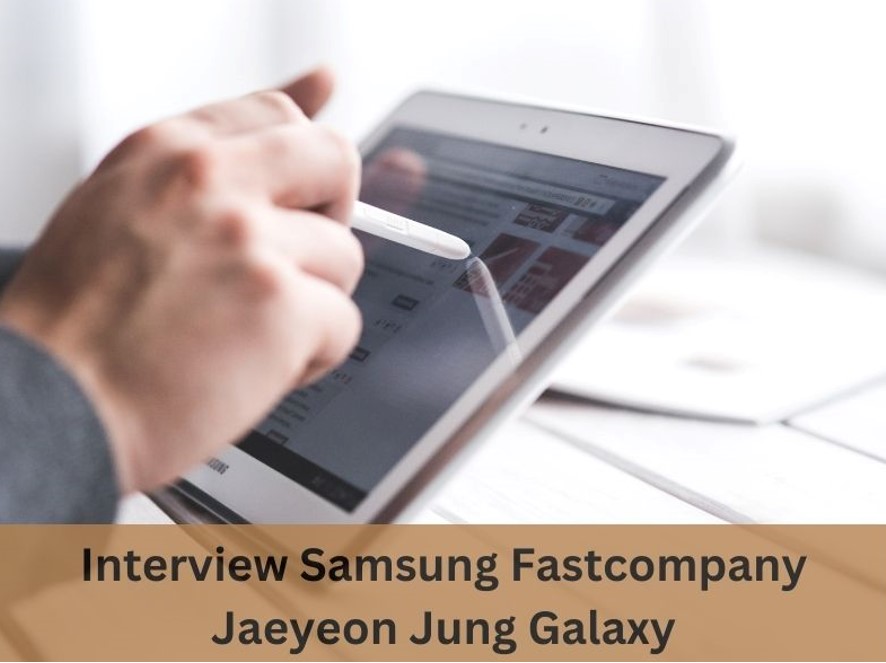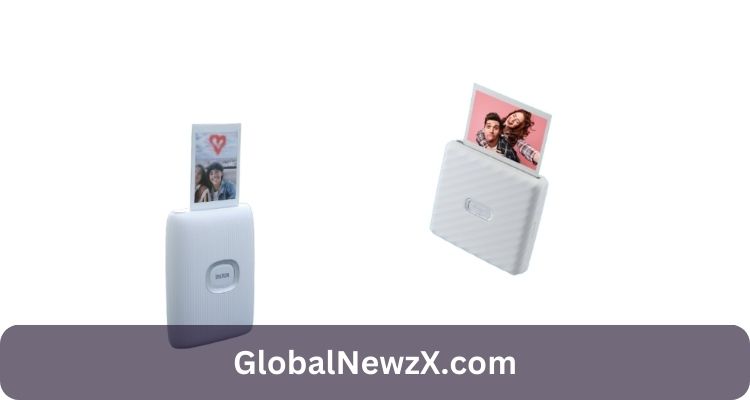Samsung is committed to building connected device ecosystems that will enable users to experience a smooth, intuitive home. They recently announced new SmartThings products during the 2022 Developer Conference, and Fast Company sat down with Samsung VP Jaeyeon Jung to discuss their design process and the future of smart homes.
Samsung 2022 Developer Conference
At this year’s Samsung 2022 Developer Conference, a few important announcements were made related to software advances and next-level tech. These included the rollout of One UI 5 and updates for SmartThings, Tizen, Telehealth in Samsung devices, and Smart Energy Services.
The South Korean company also announced that it will offer seamless software updates for its Android devices. Sally said that it’s a priority for them to make this a reality and she’s hoping that they can do so with One UI 6 next year.
Samsung is aiming to become an open platform and to offer a unified experience for its consumers. It is pursuing this goal through a number of initiatives.
This includes allowing its SmartThings hubs to communicate with Matter-compatible devices via an over-the-air update, according to Jaeyeon Jung, Samsung Electronics corporate vice president and head of SmartThings’ mobile experience business. The company plans to upgrade its v2 and v3 hubs, as well as its dongles, to support Matter this month.
In addition, the company’s recently introduced SmartThings Home Life services, which aggregate functions into groups such as energy management, cooking, and air quality, will now support Matter-compatible devices as well, says Jung. She says this will make it easier for users to get the most out of their smart appliances.
At the SDC, Samsung will showcase how its OS can provide a multi-device experience with a single platform and modular AI capabilities. The company will also show how it is making it easy for developers to build new devices based on Tizen 7.0.
The conference will include a keynote by Jonghee Han, Samsung’s Vice Chairman and CEO of Device Experience (DX) Division. He will discuss how Samsung is working to deliver innovative products and services that enhance the customer experience through research, design, and technology.
The event will also include keynotes and technical sessions on EDA, IP, Design Solution Partners, Cloud, and Packaging. This will be a great opportunity for SOC Designers & System Architects, Business Decision Makers, Executives, Analysts; EDA, IP, Cloud and DSP experts to learn about the latest technology advancements from Samsung.
Samsung’s Design Process
The Samsung design process is a two-year cycle where the company thoroughly examines global trends and consumer needs. This allows the team to constantly innovate and stay ahead of the competition.
To get started, the team brainstorms potential solutions to their problem and then develops them into concrete concepts. They also test these concepts with consumers to get feedback and make adjustments based on this input. This is important because it ensures that their ideas are something that people want and will use.
During this stage, the team will identify the best possible solution to their problem. This can take a lot of time, but it is essential to staying ahead of the competition and creating products that people will want.
The team’s next step is to implement a strategy for their innovation. This will involve working quickly and efficiently to meet deadlines set by top management. They will then start to execute their plan.
This strategy will involve a mix of in-house design talent and sourcing outside expertise to help them with their project. This will help them to create more innovative products and increase their market share.
In order to achieve this, Samsung’s leadership team has made it a priority to foster a design-centric culture at the company. The design team has a large number of resources and training programs.
These resources include an internal design corps, which is designed to be resourceful and adaptive. This group is focused on designing products that are both beautiful and functional.
By incorporating design thinking into the company’s processes, Samsung has been able to become one of the most innovative companies in the world. This has helped them to create products such as the Galaxy Note series, a hybrid phone and tablet, and curved TVs.
In addition, interview samsung fastcompany jaeyeon jung galaxy they have been able to overcome internal resistance by using the tools that designers use for pursuing innovation–empathy, visualization, and experimentation. These strategies are important because they help the company to build support for a change in culture and mindset.
Samsung’s IoT Strategy
Samsung’s IoT Strategy is centered around two things: an open platform and an intelligent ecosystem. The company sees IoT as an opportunity to unlock an intelligent network of connected devices and services that provide a personalised experience for consumers, making it easier for them to get started and to use their devices in new ways.
The first step, says Jung, is to create a device ecosystem that is easy for manufacturers to onboard. That’s why she’s committed to streamlining the SmartThings validation process as much as possible, so that the platform can be populated with a wide variety of smart devices from different manufacturers.
Another important part of this ecosystem is Bixby, which aims to make it easier for people to control their devices through voice. The company relaunched Bixby at the Samsung Developer Conference (SDC) last month, announcing a next generation voice assistant, Bixby 2.0, and new augmented reality capabilities.
It also announced that it will work with Google to bring the ARCore SDK to its phones, which will enable Samsung’s smartphones to connect to Bixby and offer AR experiences.
Finally, Samsung plans to create an aggregation service for the entire IoT ecosystem that will help companies create new business models and services from the data that their devices collect. This will help them better understand their customers’ needs and optimize their operations, according to Samsung SDS.
Luc Julia, director of the Samsung Center for Sensor Analytics and Intelligence (SAMI) at the company’s Open Innovation Center in Menlo Park, is one of the team members on this project. He’s overseeing the development of an interactive AI that gleans information from various sensors, including those of Samsung and other companies.
SAMI will ultimately be used to aggregate data from various types of IoT devices, enabling a wide range of ecosystem partners — some of which are financed by a $100 million accelerator fund — to perform deep AI tasks on that data. That’s a major difference from Apple’s Siri, which can only handle Apple-branded devices.
This strategy should help Samsung achieve success in the IoT space and provide opportunities for the company to compete with Apple in the future. But it won’t be easy. It requires an understanding of how consumers interact with their devices, a keen awareness of the potential for IoT to improve their lives, and a lot of effort to keep up with the technology.
Samsung’s SmartThings Ecosystem
Samsung’s SmartThings Ecosystem is one of the world’s biggest and most comprehensive smart home platforms. Featuring hundreds of different devices, it allows users to remotely control and monitor them through a single mobile app.
The SmartThings app is available on Android and iOS. It offers a clean interface for controlling individual devices and grouping them together in rooms. It also allows you to share permissions with other members of your family, and receive notifications when a device is in use or changed status.
SmartThings has a large list of supported devices, and works with many major brands like Apple, Google, Philips, Samsung, Sony, Panasonic, and more. The app is free, and there’s no subscription fee, though you do need a hub to use it with more than two or three devices.
It’s also the main platform for managing devices that don’t come from Samsung, including speakers, lights, garage door openers, and home security cameras. It supports both Zigbee and Z-Wave, which means it can control a lot of other hardware from other manufacturers.
Aside from its broad support, SmartThings has some important advantages over other smart home platforms. First of all, it’s open to third-party devices, which is key to ensuring that it can grow its user base. Secondly, it’s agnostic about which devices are compatible, so developers can focus on building the best experience for their users rather than having to worry about whether a particular device works with Samsung’s ecosystem.
In addition, the company is aiming to make it easier for third-party devices to join its platform, by simplifying their onboarding process and helping them become compliant with Samsung’s security standards. That makes it much easier for companies to get their products into Samsung’s ecosystem without the hassle of a huge bureaucratic process.
Despite its advantages, SmartThings has some issues that need to be addressed. For starters, server outages are common, and there’s a chance that those issues could lead to a compromised smart home experience.
As a result, interview samsung fastcompany jaeyeon jung galaxy it’s vital that Samsung takes steps to stabilize its network as the company continues to grow its smart home business. If that happens, it’ll have a much better chance of staying ahead of competitors like Amazon Alexa and Google Assistant in the future.
Read Also: Sources Intercontinental SPAC 2B











